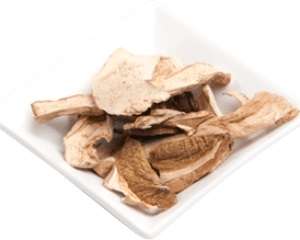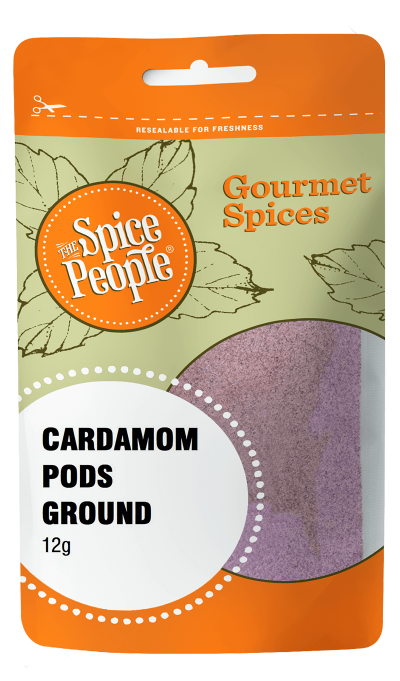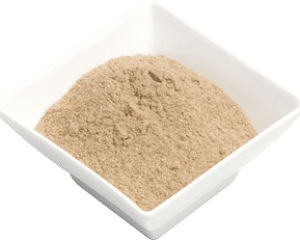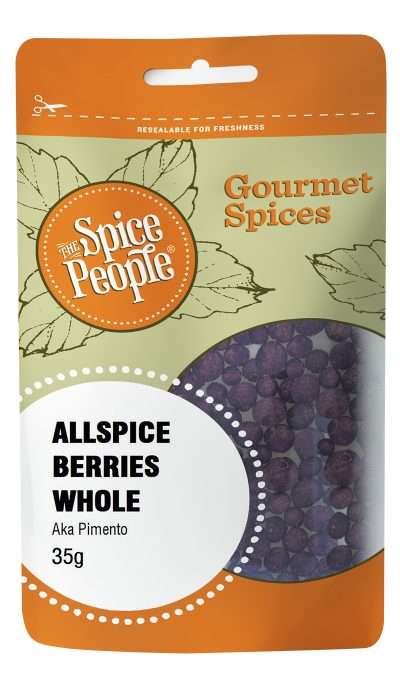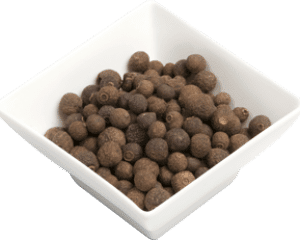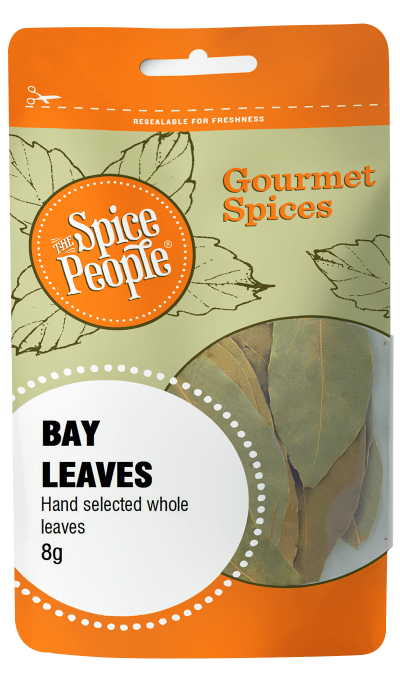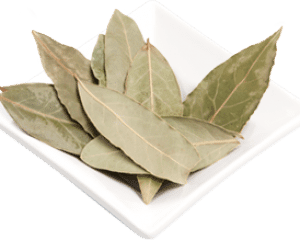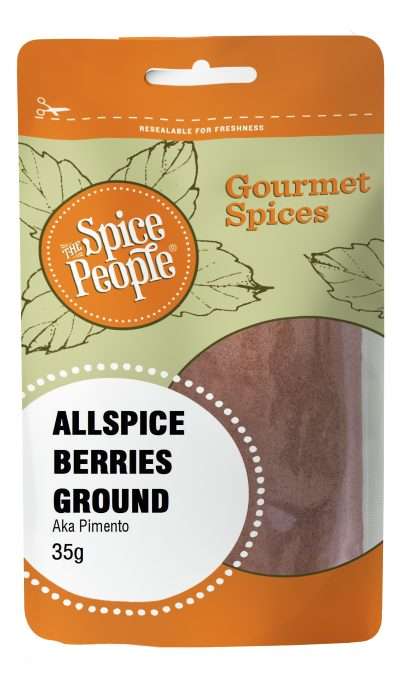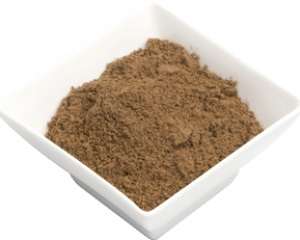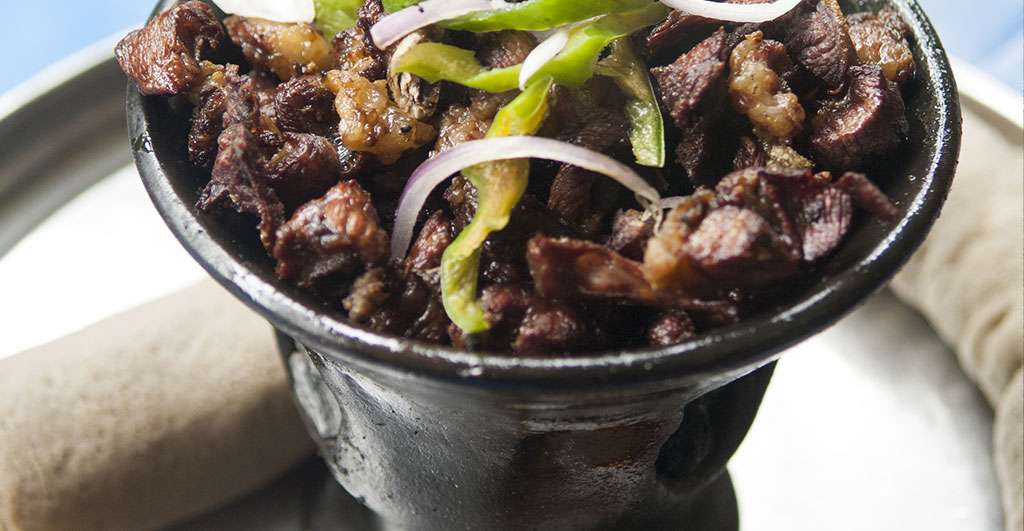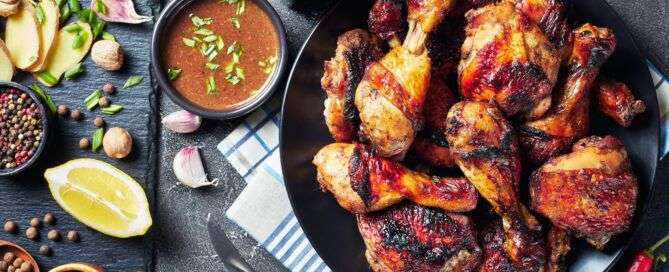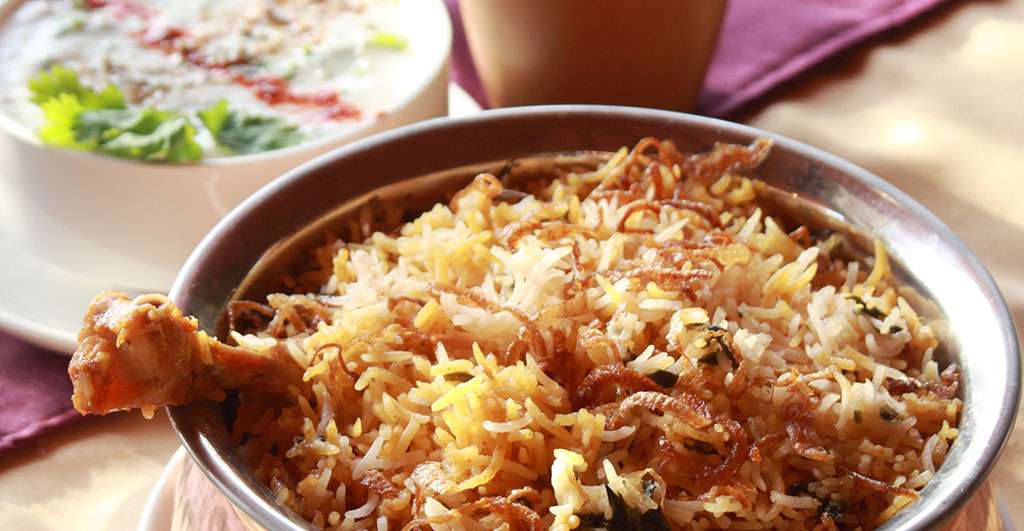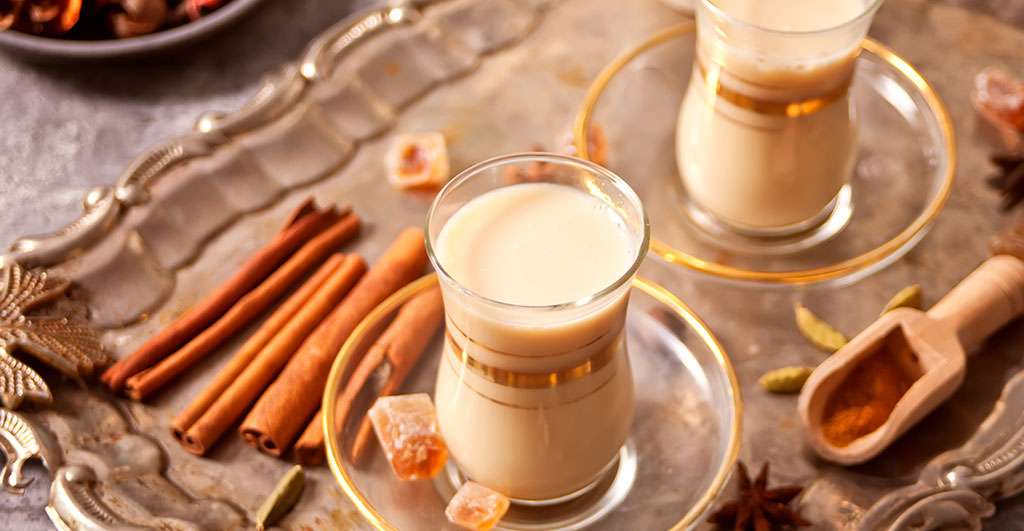Porcini Mushrooms-15g
562 in stock
Product Description
Porcini mushrooms are a wild and meaty mushroom with a rich taste and woody flavour. These mushrooms actually produce their best flavour when dried, and contain a high protein content, making them a great meat substitute for vegetarian dishes.
Flavour Notes:
Premium Select Grade Dried Porcini mushrooms from Italy have a concentrated flavour and aroma that is excellent in risotto, soups, and stews. Used in any dish they impart a nutty, rich and woody flavour.
Culinary Notes:
With a nutty, earthy flavour, Porcini mushrooms are a wild and meaty mushroom that adds a rich taste to many dishes. These mushrooms actually produce their best flavour when dried. Premium Select Grade Dried Porcini mushrooms from Italy have a concentrated flavour and aroma that is excellent in risotto, soups, and stews.
Health Benefits:
Porcini Mushrooms are a great source of dietary fiber and are a good source of protein. They also contain copper, potassium, zinc, selenium, and B vitamins.
Ingredients:
100% dried premium Porcini Mushrooms
Country of Origin:
Product of Italy packed in Australia
Other Names or Spelling:
Porcino, cepes, cep
How to use
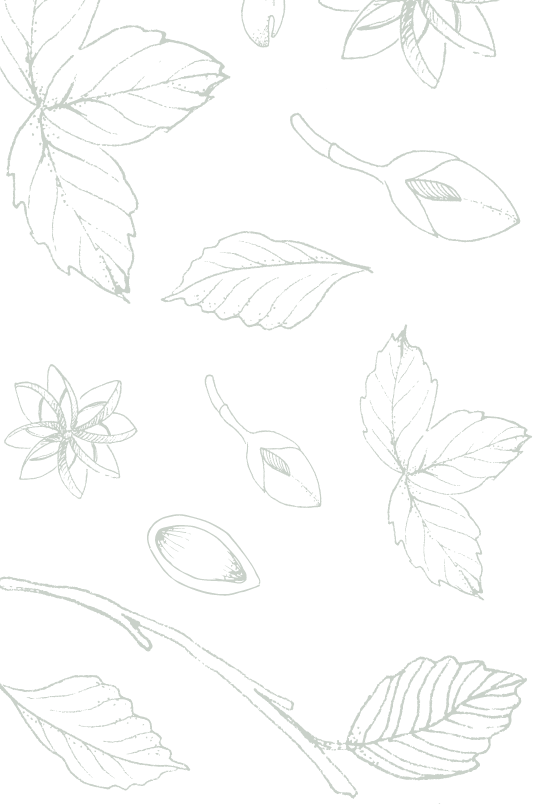
The Spice People FAQs


The Spice People FAQs

Other Spices you may like
Featured in



Join the Spice People to Get Started on Your Culinary Spice Journey!
Be the first to hear about our exclusive promotions, new product releases, recipes and more.

